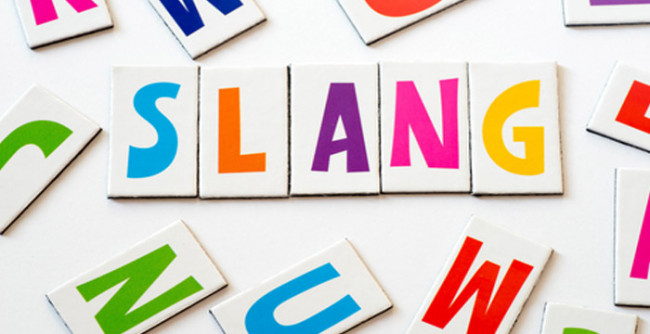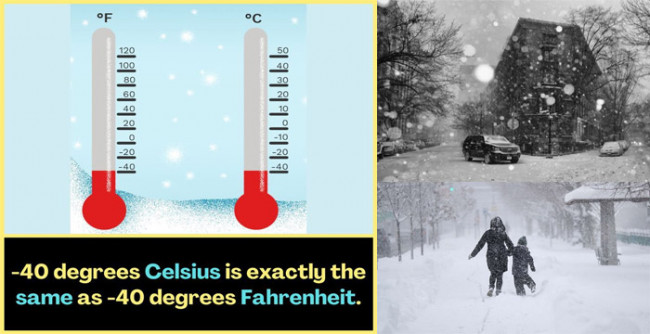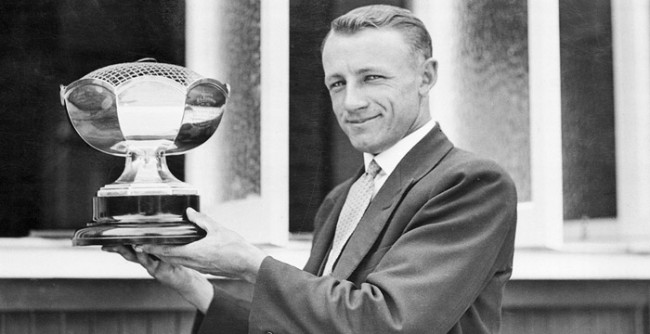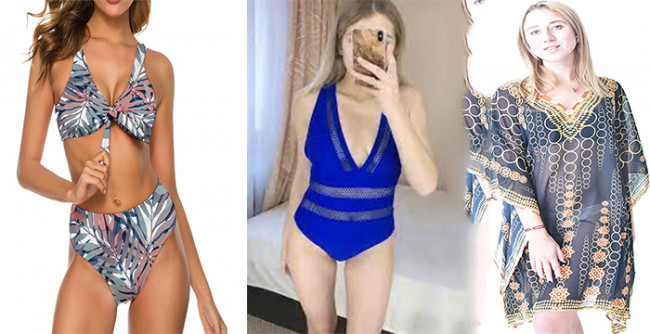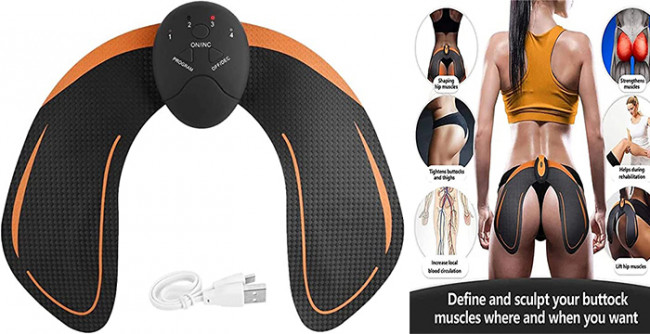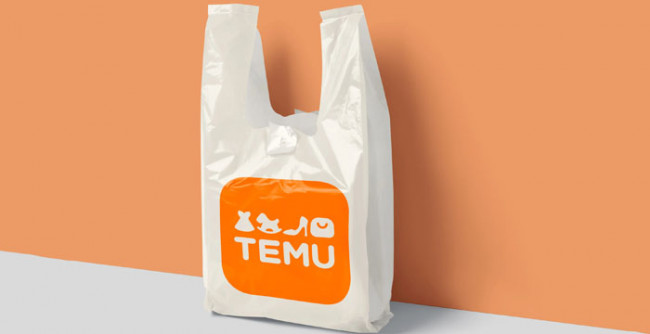Table of Content
When you look at a video game or a 3D movie, have you ever wondered how they make things look so real? The secret is PBR texturing. This technique helps digital artists make surfaces look like you can touch them. It's not just about making things look good; it's about making them feel real.
This adds a whole new level of experience for the audience. It makes you feel like you're part of the digital world, not just a viewer. Scroll down to learn more.
What is Physically Based Rendering Texturing?
PBR stands for Physically-Based Rendering. It's a way to make digital surfaces look real by using math and science. Artists use special software to apply physically based rendering texturing. This makes the object look like it's made of real materials, like wood or metal.
The technique is not just for big studios; even individual artists can use it. With the right tools and some practice, anyone can make digital objects look like they're part of the real world. The technique has become more accessible over the years.
Why is it Important?
Making things look real in digital media is not just for fun. It's important for many reasons. For example, in video games, real-life environments make the game more engaging. In movies, it helps tell the story better.
Even in virtual reality, physically based rendering texturing helps make the experience feel like you're in a real place. It adds depth to the digital world, making it more believable. This can make or break the success of a digital project.
How Does it Work?
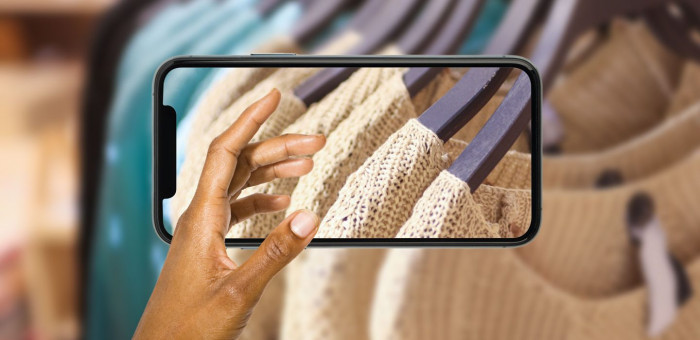
The process starts with a basic shape, like a cube or a sphere. Then, artists add layers of texture. These layers can show color, how shiny something is, and even how rough or smooth it is. All these details help make the object look real.
The software used for physically based rendering texturing often has presets for different materials, making the artist's job easier. But it still requires a keen eye for detail. Artists often spend a lot of time tweaking things to get them just right.
Tools Used for Physically Based Rendering Texturing
There are many tools that artists use for this job. Some popular ones are Substance Painter, Blender, and Unity. These tools have special features that make it easier to apply physically based rendering texturing. They help artists get the look just right.
These tools are updated regularly, offering new features and improvements. This helps artists stay up-to-date with the latest techniques. It's important to keep learning and adapting in this fast-moving field.
Challenges in Making Surfaces Look Real
Even though physically based rendering texturing is a powerful tool, it's not always easy to use. Artists need to understand how light works in the real world. They must also know about different materials and how they react to light. It takes a lot of skill and practice to get it right.
Adobe states, “Capturing, sampling, and sharing your 3D creations with Sampler and the rest of the Substance 3D collection is a smart way to create unique and professional 3D assets.”
Sometimes, artists must do many tests to see how the textures look under different lighting conditions. It's a complex process, but the result is often amazing. The challenges are tough, but they're part of what makes this work so rewarding.
The secret to making digital surfaces look touchable and authentic is PBR texturing. It uses science and math to make objects look like they're made of real materials. This helps make video games, movies, and virtual reality more engaging and realistic.
It's a skill that takes time to learn, but the results are worth it. As technology keeps getting better, one can expect even more realistic digital worlds in the future. This is an exciting time to be involved in digital art and design.


